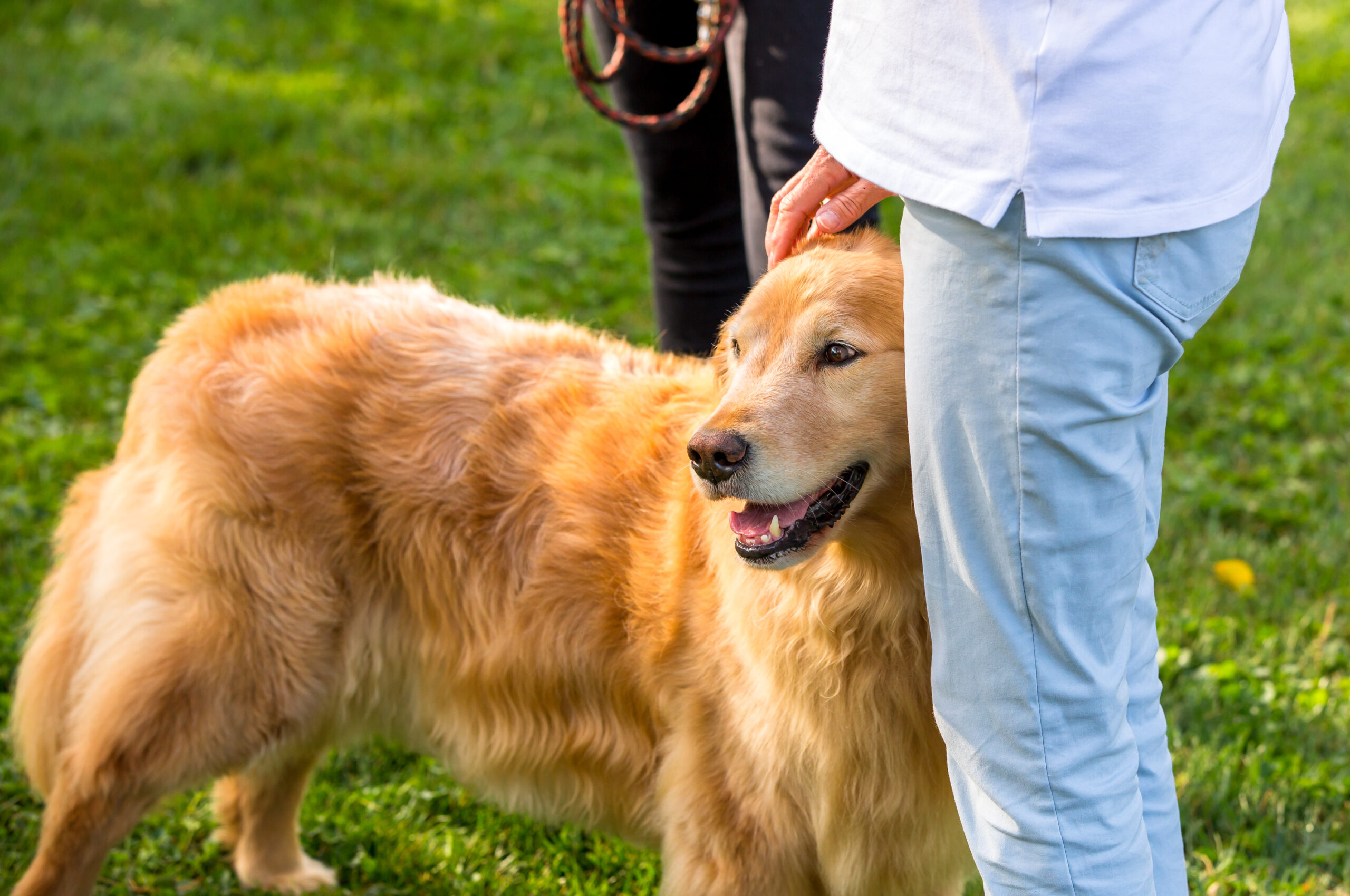7 Common Myths About Dog Behavior and Training

We share our homes and our lives with our dogs. It only makes sense that we should want to understand them better. As we do not speak the same language, we are left trying to figure out what is true and false about them. Thankfully, experts have conducted research on dogs to find the truth behind the following 7 common myths about dog behavior and training.
Myth #1: Dogs Eat Grass When They Are Sick
Some pet parents become worried when they see their pup chomping on the lawn. They automatically assume that their dog feels sick. However, experts say that if your dog is eating grass, it is likely to do it because it likes the way it tastes. Many believe that dogs eat grass to fulfill dietary deficiencies such as a lack of fiber. Dogs may also eat grass because they are bored or anxious.
Myth #2: When a Dog Wags Its Tail, It Means Its Happy
Many people assume that if they see a dog’s tail wagging, they can trust that all is well. The truth is, it could be a sign of something good, or something bad. Tail-wagging means that a dog is excited in some way. This could mean they are aroused with happiness or alarmed with distress. Knowing to read other body language signs that accompany a wagging tail will help to know what is going on with the canine.
Myth #3: Rubbing a Dog’s Nose in It Will Train Them
Some people think that the best way to potty train a dog is to rub their nose in their pee or poo when they have an accident in the house. The idea that this will work is a myth. Not only is it gross and mean to do this, but it is also a negative way to train your pup. If you do this, your dog is not going to make the mental association of why you are doing this to them. If you yell at them right when you come in the door, they are going to be confused with that too. They will think you are upset with them for them getting excited to see you.
Myth #4: You Can’t Teach an Old Dog New Tricks
Although this old adage certainly has a few followers, it is simply not true. You CAN teach an old dog new tricks. Dogs of any age are eager to learn. They are always observing what is going on around them and acting accordingly to what their five senses are absorbing.
If you decide to teach your old dog a new trick or too, keep in mind their health. For example, do not try to get your old dog to jump up high for a treat. It might strain their back or feel unpleasant. Try something easy, such as speak, high five, shake or kiss.
Myth #5: Spending Too Much Time with a Puppy Creates Separation Anxiety
This myth goes along with the school of thought that you are somehow going to “spoil” your puppy by spending too much time with them. The myth that you are going to create separation anxiety by spending too much time with your puppy is not true. Experts suggest that the reason puppies often get separation anxiety is because they have not been properly trained or socialized.
Myth #6: Certain Dog Breeds Are Untrainable
The myth that certain dog breeds are untrainable does not likely come from a professional dog trainer or dog behavior expert. Yes, it is true that some breeds can be trained more quickly and effectively than others. This is because they have been selectively bred according to their enhanced intelligence. However, even if the breed in question does not have a reputation of being easy to train, experts say that every dog breed can be trained.
Myth#7: Dogs Only See in Black and White
It used to be widely believed that a dog’s vision was limited to black and white. Today, research shows differently. Though canines do not view the same range of colors that humans do, they see a few. Dogs can see shades of yellow and blue. What they do not see are the range of colors from red to green. So basically, a dog’s world is a mixture of gray, blue and yellow.
Dogs have only 20% of the amount of color receptors that humans have. It is believed by some that dogs have less visual acuity than we do, as much as 20-40% less. This means that a faraway object that we might see clearly may seem blurry to a dog. However, a dog’s eyesight is much better than ours in the darkness of night.
 Pet Stop
Pet Stop Get a Free Quote
Connect with Your Local Pet Safety Experts at Pet Stop. Visit, call, or
chat with us – we’re here to help you create the ultimate safe haven for your pet.
Get a Free quote
Name *
Zip code where new fence is required *
What breed is your dog?
Preferred contact method *
Phone Number to Call/Text *
Address *
Stay Connected, Stay in Control
Brief introduction to the OT-300, highlighting remote control, real-time notifications, and easy setup through the Pet Stop Link App.
Download the App